1. Introduction of Hotel Information System
2. Management of Hotel and HIS
2.1. History
2.2. Case of Shilla Hotel
2.3. Prospects
3. Customer Relationship Management and HIS
3.1. General CRM Process in Hotel Industry
3.2. Case of Shilla Hotel
3.3. Prospects
4. Accommodation, Business Environment and HIS
4.1. Introduction
4.2. Case of Shilla Hotel
4.3. Prospects
5. Conclusion
5.1. Conflict between High-Touch and Hi-Tech
5.2. Implications of Information System on Hotel Business
In 1980s, even small hotels of less than 250 accommodations used Information System on their management. Some of those system groups developed into Hotel Information System, which includes front/back office system and operation system, as well as Point-of-sales system, auto lock system, power management system etc. Generally used Hotel Information System nowadays consist four major parts; Front Office System which takes charge for general operation related to customer and accommodation, Back Office System which manages general business analysis, Point-of-Sales System which deals with processes done in sales points and Interface System which provides general operation environment.
- a. Front Office System
Front Office is the “Face of Hotel”. They greet customers before anyone, provide information when required, and say farewell when customers leave. In order to operate these tasks successfully, system menu is classified in functional term which is designed to access, recall and modify the information of customer database with ease.
- b. Back Office System
Back Office system is group of systems which provides suitable back-up to Front Office System and POS system which generates virtual sales. Atomized accounting system, ERP system and etc is included in this category.
- c. Point-of-Sales System
POS system is generally used in hotel restaurant or sales point where end-product is being sold. Basically, POS system is consisted with two units: POS terminal which is posted onto product and provides sales information, and Reader which interprets information provided by each POS terminal. Often POS system is linked with independent computer system so that it could generate feedback to other systems such as inventory management system or customer management system.
- d. Interface System.
Interface System provides general environment for Hotel Information System as well as generating useful information by combining data gathered by each divisions and systems. On the basis of Interface System, accommodation information and POS information could be combined and given rebirth as customer information, which plays significant role in front office.
2.2. Case of Shilla Hotel – Management System.
2.2.1. Customer Database.
Samsung SDS was in charge for Shilla hotel’s Management Information System. With Integrated Hotel Information System, customer who had ever used any service of Shilla hotel will be recorded and stored into database for later use. This means, for instance, you visited Shilla hotel Jeju on last October and asked for 8 pillows in your room, and then visit Shilla hotel Seoul on this June the people on front desk will ask, “How was your trip to Jeju Island? Shall we prepare for 8 pillows in your accommodation, sir?” This service is possible through integrated database management b
CIO Korea http://www.ciokorea.com
Kim. S. 2004. ‘Investigation of strategic adoption and usage of e-CRM in Hotel
management: On the focus of e-Marketting’, Master’s thesis, Hongik University.
Lee. U, Yook. K and Kim. E. 2003. “Tour Information System”, Daewang
MagiNet http://www.maginet.co.kr
Roonet http://www.roonet.com
Samsung SDS. http://sds.samsung.co.kr
Shilla Hotel. http://www.shilla.net
Song. S. 2006. “Hotel Information System”, Daemyung
The Hankyung Business Weekly http://www.kbizweek.com



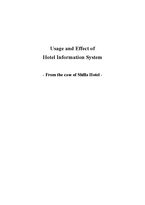
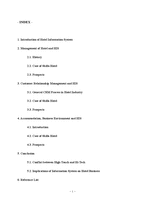
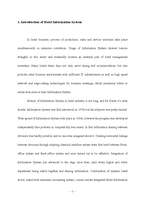
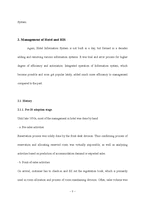
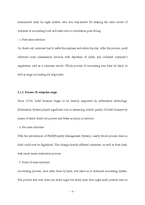
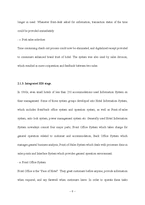
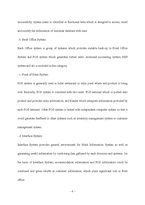
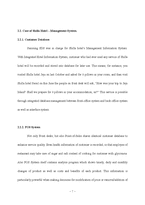

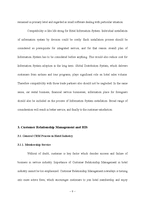
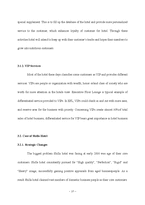

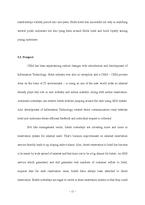
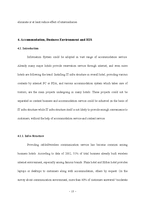

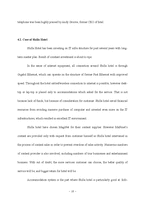
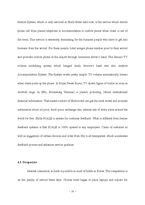
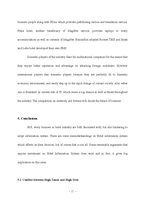
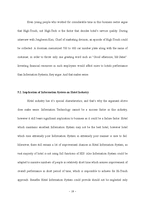

 분야
분야


